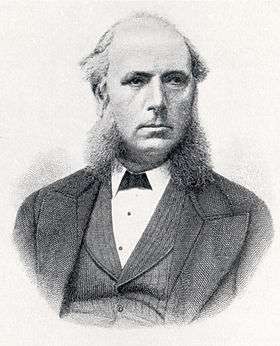Willoughby Smith

Willoughby Smith (6 April 1828, Great Yarmouth, Norfolk – 17 July 1891, Eastbourne, Sussex) was an English electrical engineer who discovered the photoconductivity of the element selenium. This discovery led to the invention of photoelectric cells, including those used in the earliest television systems.
In 1848, he began working for the Gutta Percha Company, London where he developed iron and copper wires insulated with gutta-percha to be used for telegraph wires. In 1849, Smith superintended the manufacture and laying of 30 miles of underwater telegraph wire from Dover to Calais. He worked closely with Charles Wheatstone who had designed the machinery for making and laying the cable.
The project was a success and over the following decades, Smith and the company he worked for were involved with many other underwater telegraph cable projects.
In 1873, Smith developed a method for continually testing an underwater cable as it was being laid. For his test circuit, he needed a semi-conducting material with a high resistance and selected selenium rods for this purpose. The selenium seemed to do the job properly, except in actual use, the device gave inconsistent results. Upon investigation, it was discovered that the conductivity of the selenium rods increased significantly when exposed to strong light. Smith described the "Effect of Light on Selenium during the passage of an Electric Current" in an article that was published in the 20 February 1873 issue of Nature.[1]
Works
- Book: Selenium, its electrical qualities, and the effect of light thereon : being a paper read before the Society of Telegraph Engineers. 28 November 1877, Willoughby Smith
- Book: A résumé of the earlier days of electric telegraphy. Hayman Brothers and Lilly, Printers, 1881, Willoughby Smith
- Book: The rise and extension of submarine telegraphy. New York, Arno Press, 1974, Willoughby Smith
- Book: Selenium: its electrical qualities, and the effect of light thereon. London, 1877, Willoughby Smith
External links
References
- ↑ "Effect of Light on Selenium During the Passage of an Electric Current". Nature. 7 (173): 303. 1873. doi:10.1038/007303e0.